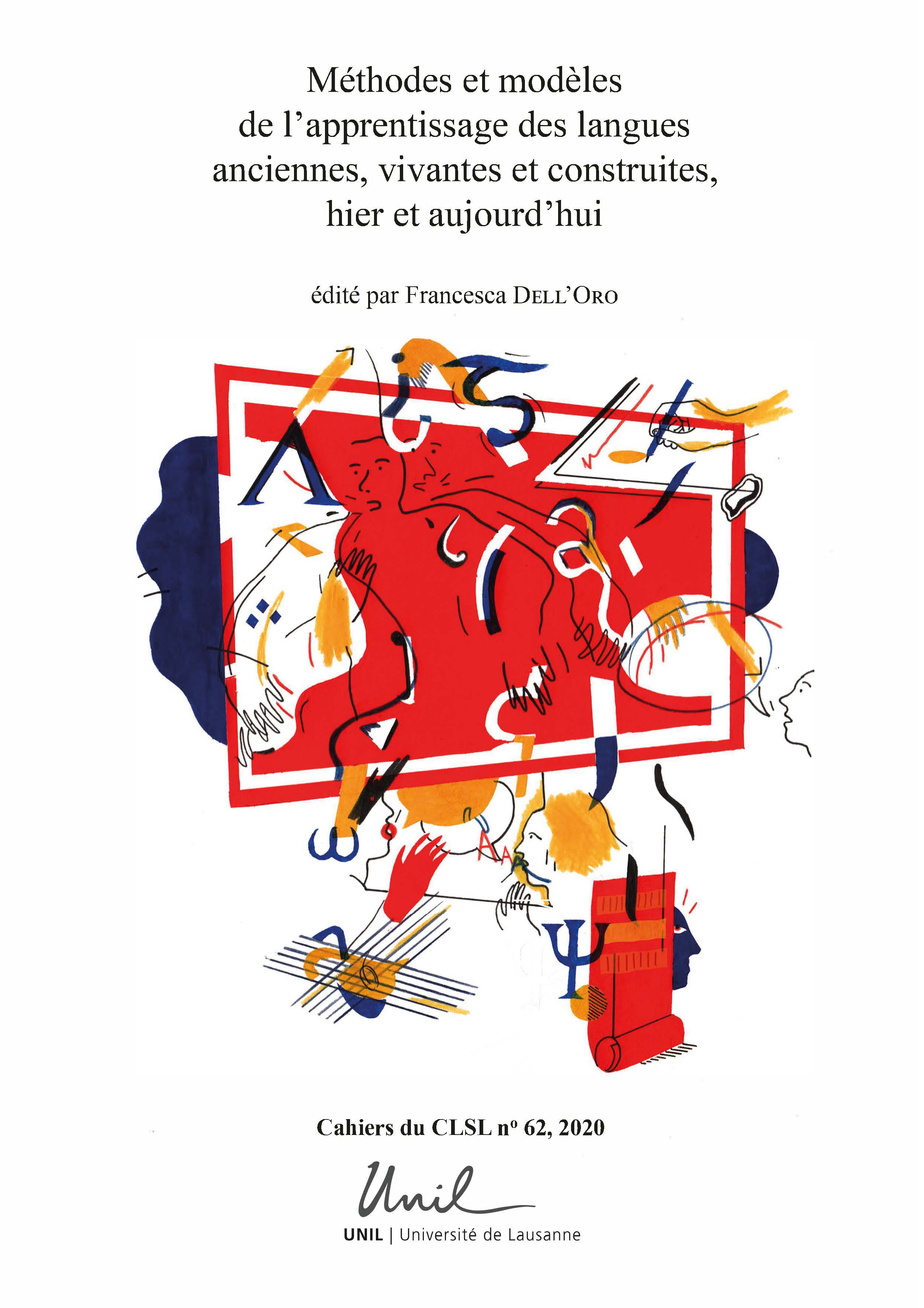No. 62 (2020)
How does the learning of a language change according to its status as living modern language, 'dead' ancient language or constructed ‘non-natural' language? Through six case-studies, seven experts in modern languages – such as English and French today, Russian in the 20th century, but also Latin in antiquity –, ancient languages – such as Latin and Ancient Greek today – and constructed languages – such as Elvish and Esperanto – describe different teaching methods and models. The authors present their experiences which are strongly rooted in the classroom reality and/or meticulously reconstruct the methods and instruments available to teachers and learners at a certain time. From the presentation of the didactic devices of Greco-Roman antiquity (E. Dickey) to the integration of performing arts and the revisiting of ancient treatises on rhetoric (J.-R. Lapaire), from the application of direct methods of teaching ancient languages in the classroom (F. Dell'Oro & A. Kolde) to the presentation of Russian as an "archaic" language for didactic purposes (D. Zalesskaya), from the learning of complex languages that evolve in time and space in the fictional universe of J.R.R. Tolkien (D. Bador) to the ideal of a common language of all mankind such as Esperanto (S. Moret), an image of continuity emerges, where each experience can make a contribution to be shared in the field of foreign language learning. With regard to the question initially posed, this book shows that, when tested by teaching, the differences between modern, ancient or constructed languages appear less clear-cut than the traditional education system suggests.
